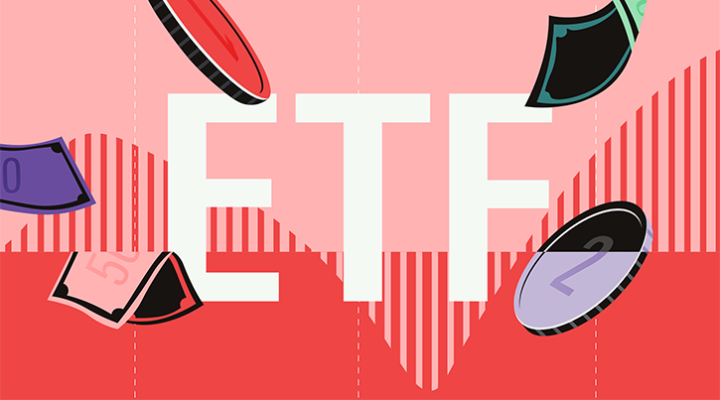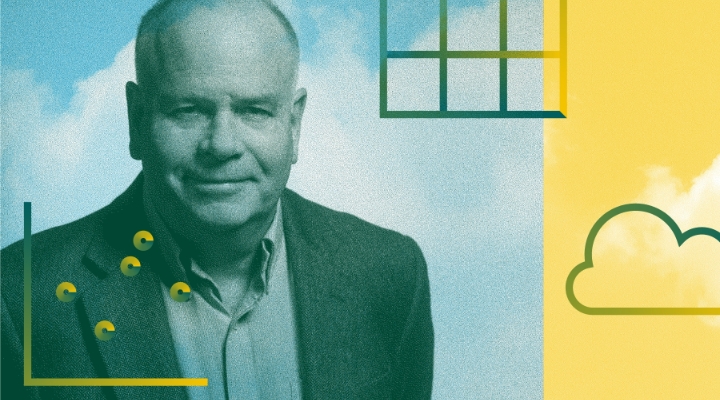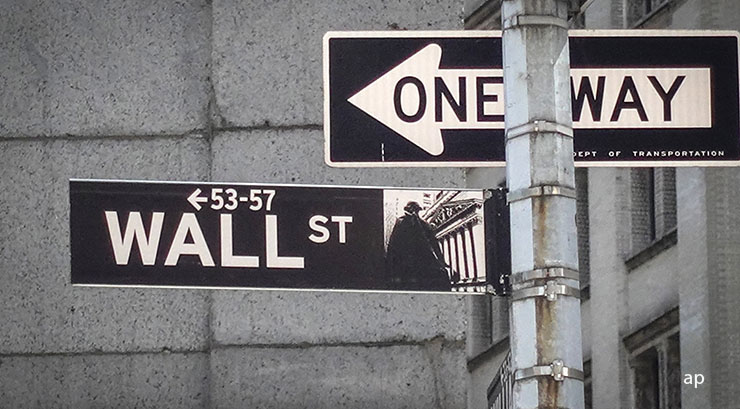
I had an interesting conversation with my boss the other day. We often discuss trends in the investment industry. We talk about the challenges faced by investors and how we can help people reach their goals. That is our mission at Morningstar. And that is the reason that I work at Morningstar.
On this occasion we were talking about the growth in ETFs. More investors are turning to ETFs each day. This is often celebrated as a good thing. ETFs are low cost, offer instant diversification and are tax efficient. I acknowledged these benefits to my boss but shared some of my concerns. I don't have worries about ETFs as an investment vehicle. I am concerned that the way they are marketed and their liquidity cause investors to trade ETFs too frequently.
Seemingly each day a new ETF is created. With all the major indexes taken, investors are now deluged with niche thematic ETFs that exploit our worst instincts as investors. These ETFs capitalize on hype and encourage the belief that successful investing is about staying nimble and keeping one step ahead of the market. This doesn't work. And this is not what we believe in at Morningstar.
Firmly mounted on my high horse and more than a little self-satisfied I looked across the room to see his reaction. Instead of praise I got a simple question. I was asked to describe my perfect ETF. And fair enough. It is easy to complain about things. It is harder to come up with an alternative.
This is a challenging question and I've spent some time thinking about it. And this is my answer. To me this is the perfect ETF for Australian investors.
The Perfect ETF
An ETF is an investment product. And an investment product is simply a means to an end. What matters is what you are trying to accomplish. That is where I will start in designing the perfect ETF. What kind of ETF can help Australian investors achieve their goals.
We all save and invest for different reasons. But at a high level we are all trying to do the same thing. We are sacrificing consumption today in the hopes of growing our savings to have more to spend in the future. What matters is earning a return in excess of inflation, taxes and fees. Each of those are real costs that leave less money to spend in the future.
My perfect ETF would invest in shares because they have the highest long-term returns above inflation. My perfect ETF would minimize taxes by keeping turnover low. My perfect ETF would charge a reasonable fee. These are all non-negotiables.
The person picking the shares in my ETF would focus on an investment strategy that works over the long-term. And over the long-term success comes from buying great companies at a reasonable price.
The Perfect ETF Would Focus on Companies With Moats
A great company can grow the business at a rate of return that exceeds the cost of capital. This is hard to do because competition is at the heart of capitalism. And while consumers get better goods and services, companies — and the owners of those companies — suffer. To compete they continually have to invest in research and development, marketing, and / or engage in price cutting. That means less money to expand the business. It means less money to return to shareholders.
I want this ETF to hold shares that have a sustainable competitive advantage – or moat – that helps to reduce the impact of ruinous competition. Sustaining the moat is the key. Each year the company will gain a small advantage over competitors. But over time this advantage will compound. The person managing my perfect ETF will have to patient.
The Perfect ETF Would be Valuation-Focused
Over the long-term the performance of the company will drive the share price. But in the short-term share prices may fluctuate significantly. I want the person managing my ETF to use opportunities when the market drops to pick up great companies at bargain prices. To do this I'm comfortable with cash being built up when prices are high. Paying too much for even the best company is not a formula for long-term success.
Buying a great company at reasonable price works. This is demonstrated by the performance of Morningstar's wide moat focus index, which is made up of US shares with wide moat shares trading at low prices. In the last 10 years the wide moat focus index has returned a little over 1% a year more than the S&P 500.
The Perfect ETF Would Hold Finally Robust Companies
I also want the manager of my ETF to only buy companies in strong financial condition. Identifying companies with moats helps but balance sheets are also important. The economy will go through inevitable ups and downs and all companies face periodic challenges. By concentrating on strong balance sheets my ETF will hold companies that can withstand these difficult periods. And their financial strength means they will do more than survive. They will thrive. A company with a strong balance sheet can take advantage of industry wide slowdowns to invest in gaining market share when competitors are pulling back.
The Perfect ETF Would be Focused And Invest For The Long-term
I want my ETF to be focused. I can buy an index fund. My perfect ETF will only include the manager's best ideas and hold between 20 and 40 shares.
I want the manager of my ETF to focus on the long-term. And not just say they do. My ETF is designed for investors who are taking a long-term approach and understand that there may be quarters and even years when my ETF underperforms some arbitrary benchmark. That is ok with me because I know building wealth is a long-term endeavor.
This is because my focus is on long-term performance in excess of fees, taxes and inflation. And I want strong performance. But I also know that a fund manager that is constantly trading, rotating their portfolio and searching for short-term catalysts is going to have a difficult time outperforming. I know those actions will lead to higher taxes. Periods of underperformance is the price I have to pay for this long-term approach. And I'm comfortable with that because I'm patient and I know that real wealth is built over the long-term.
The Perfect ETF Would be Transparent
Transparency is important. By way of example, Australia is one of the few countries in the world that doesn't require fund managers to disclose their holdings. This has never made sense to me. A long-term investor shouldn't care if people know what is in their portfolio. Perhaps there is so much resistance from the industry because most fund managers aren't long-term investors. Revealing what is in their portfolio may highlight the difference between what they say and what they do.
I can't control what other fund managers do. But if I could design the perfect ETF it will have complete transparency. And not only will there be transparency into what is in the portfolio but the rationale for each share that is bought and sold would be provided monthly. I like the intellectual challenge of investing. And even if I'm not picking the shares I want to understand what and why certain positions are in my portfolio. It is my future after all.
The Perfect ETF Would Invest Globally
I started the design of my perfect ETF with a focus on what I think investors want and need. And I've talked to thousands of investors who come to Morningstar for investing insights. They've shared their portfolio holdings with me. They've talked about the challenges they face as investors. Many of the people I've talked to share the home bias that is so prevalent among Australian investors.
I know many people in our Morningstar audience enjoy picking individual shares on their home stock exchanges. They've been successful at it over the long-term. And these are the companies they are familiar with. There is less familiarity with other indexes.
It means many investors have portfolios that are heavily concentrated in their home markets — banking and mining. People tell me about their struggles to invest globally. And that is the final problem I want my perfect ETF to solve. It will be a global ETF that takes a long-term perspective and buys great companies with sustainable competitive advantages at a reasonable price. That is an ETF I would happily have in my own portfolio.
This article originally appeared on our Australia sister site and has been re-edited and republished for UK audiences




























